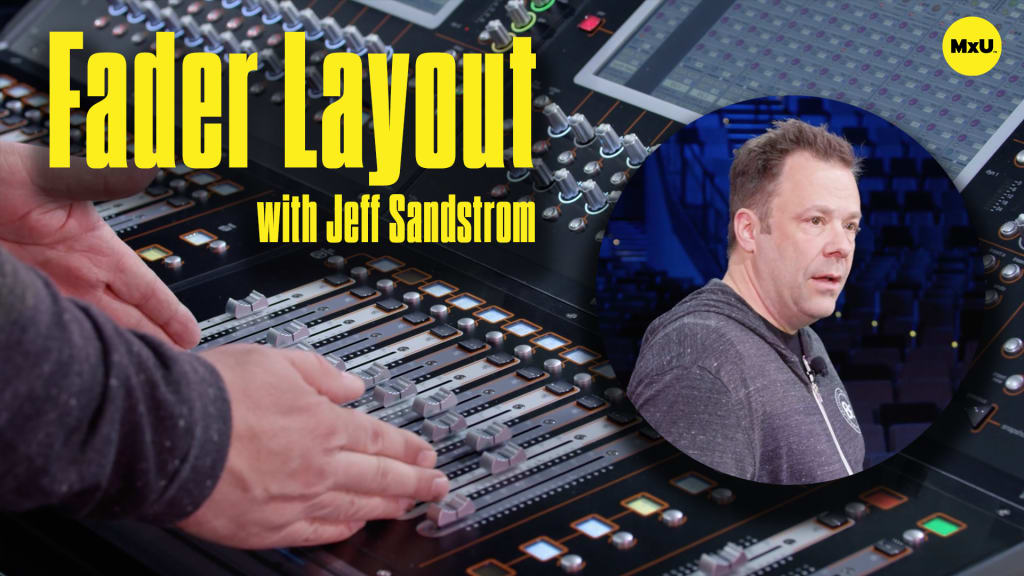Bussing Overview with Jeff Sandstrom
- Bussing routes audio signals from inputs to outputs within a console. It enables audio engineers to effectively manage signal flow and distribution.
- In its simplest form, bussing entails assigning an input signal to an output. For example, routing channels to the left-right bus for stereo output.
- Busses can take various forms, including aux sends, subgroups, and matrices. Each form serves specific routing purposes to facilitate signal processing and distribution.
- Parallel bussing allows a signal to go to many places at once. It also lets a single source be processed in different ways.
- Setting up bussing on a console involves configuring aux sends, subgroups, or matrices to route signals. This sends audio to desired destinations like effects processors or additional processing groups.
- Simplifying signal paths can reduce complexity. Avoiding unnecessary bussing configurations can minimize the risk of technical issues. It can also reduce troubleshooting challenges.
- Prioritize simplicity in signal routing and bussing setups. This will ensure reliability and ease of operation. Only add busses when specific signal routing requirements make them necessary.
Categories
Nothing added









